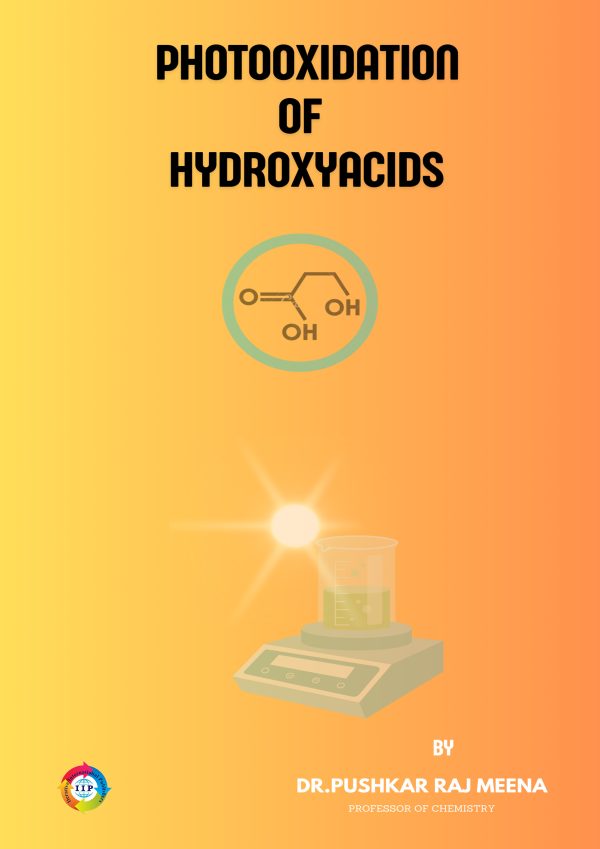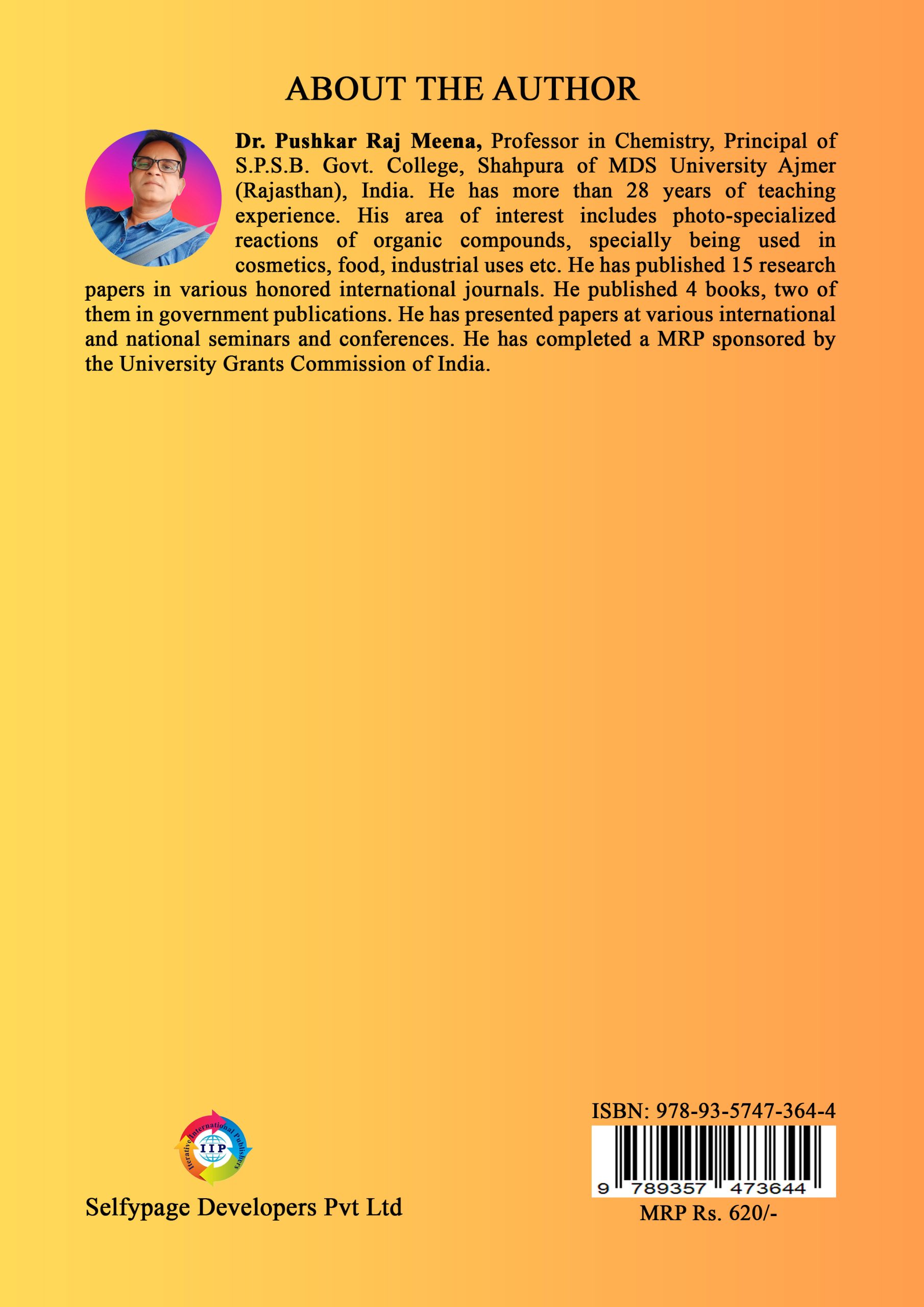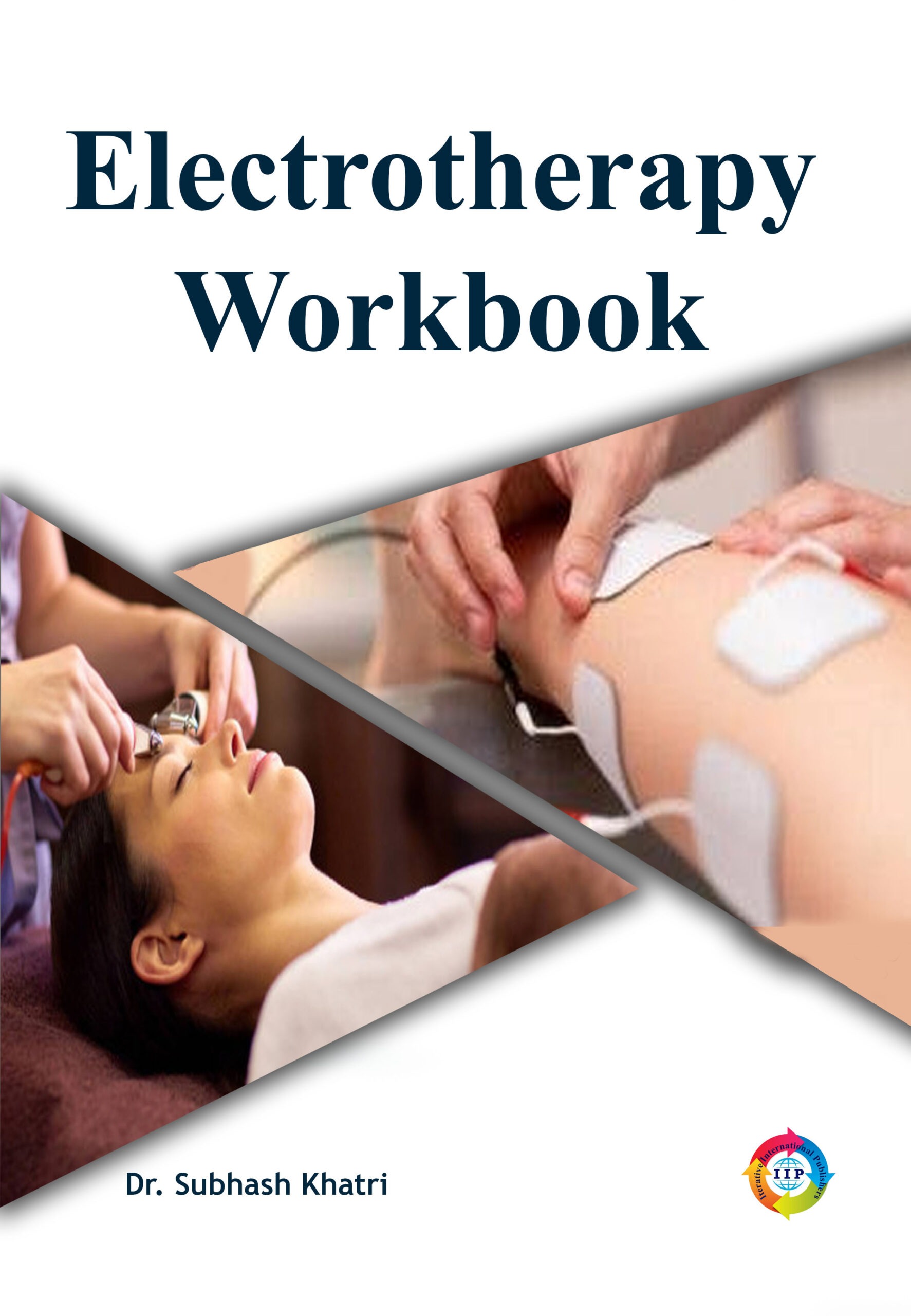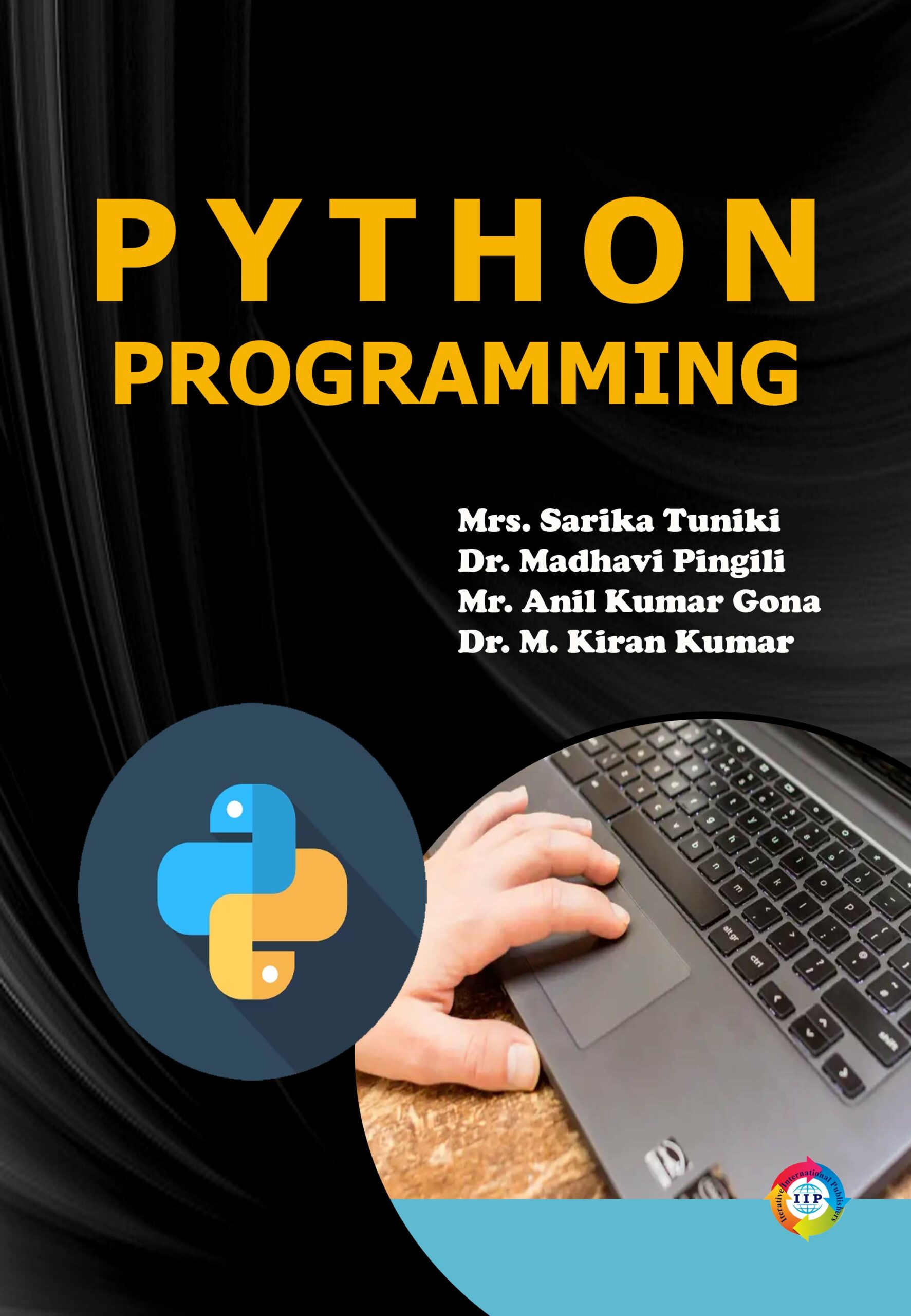In recent times, scientists have been more interested in photocatalytic reactions because of their prospective use in extreme chemical synthesis and environmental cleanup. Strong oxidative and reductive powers of photo excited titanium oxide (TiO2) were discovered by Fujishima and Honda in 1972, during the photo catalyzed degradation of water on TiO2 electrodes. The capability of advanced oxidation techniques to remove low levels of resolute organic pollutants as well as microorganisms in water has been widely demonstrated and, characterized by advancement; the technology is now being commercialized in many areas of the world including developing nations.
Organic contaminants found in waste water can be broken down into CO2 and H2O in aqueous conditions, but they can also be selectively oxidized into fine chemical products instead of fully mineralizing; this can happen under dry organic solvent conditions, controlled pH levels, irradiation times, exposure to visible or UV light, etc. By controlling surface modifications and medium conditions, the photocatalytic properties of TiO2 have been enhanced to desired purposes, such as the total mineralization of airborne contaminants and the production of self-cleaning glass and ceramic tiles.
Hydroxyacids are present in many skin care products, including cleansers, foundations, eye creams, sunscreens, and moisturizers. Zinc and titanium oxides serve as the basis for these compounds. It is imperative to acknowledge that the use of these semiconductors in skin care products has the potential to exacerbate photooxidation and result in a range of adverse skin reactions, including but not limited to redness, burning, itching, irritation, and scarring. Numerous more uses for these compounds include food preservatives, flavor enhancers, binding agents, medications, and various metabolic processes. This natural water, which contains semiconductors and may undergo photochemical reactions in the presence of sunlight, may also interact with these organic compounds. Gamma Hydroxybutyric Acid is mostly associated by the general public with “date rape drugs.” In drugrelated sexual assault cases, GHB has been utilized; typically when the victim is vulnerable because they have drank alcohol or another sedative. Date rape drugs, commonly referred to as predator drugs, are any chemicals that are physically debilitating and that, when given to another person, leave that person vulnerable to drug-facilitated sexual assault (DFSA), which includes rape. It’s also illegally used as an alcoholic beverage to enhance athletic performance. Athletes also use GHB because it has been shown to double growth hormone secretion in healthy young guys and to boost human growth hormone in living things.
TiO2 has been permitted for use as a food additive in the EU, USA, Australia, and New Zealand. It is listed under the INS number 270, commonly known as E. Number E270. Redness, swelling skin, and itching are the most frequent adverse effects. The FDA asked consumers to assume the higher risks of UV exposure after using any product containing Alpha Hydroxy Acids. It is important to talk about the properties and nature (especially the toxic natures) of photoproducts because photo reactants are used in chemical peels, a variety of skin care products, including moisturizers, cleansers, eye creams, sunscreen, and foundations, as well as in food, wine, and soft drinks as preservatives, flavor enhancers, blending agents, and new taste sensations. This manner, relevant researchers may be interested in the potential adverse effects of photoproducts. The mechanism part of these advanced photo oxidation techniques are discussed here. This book will be very helpful to the students as well as researchers who are concerning with the field as cited above.









Reviews
There are no reviews yet.